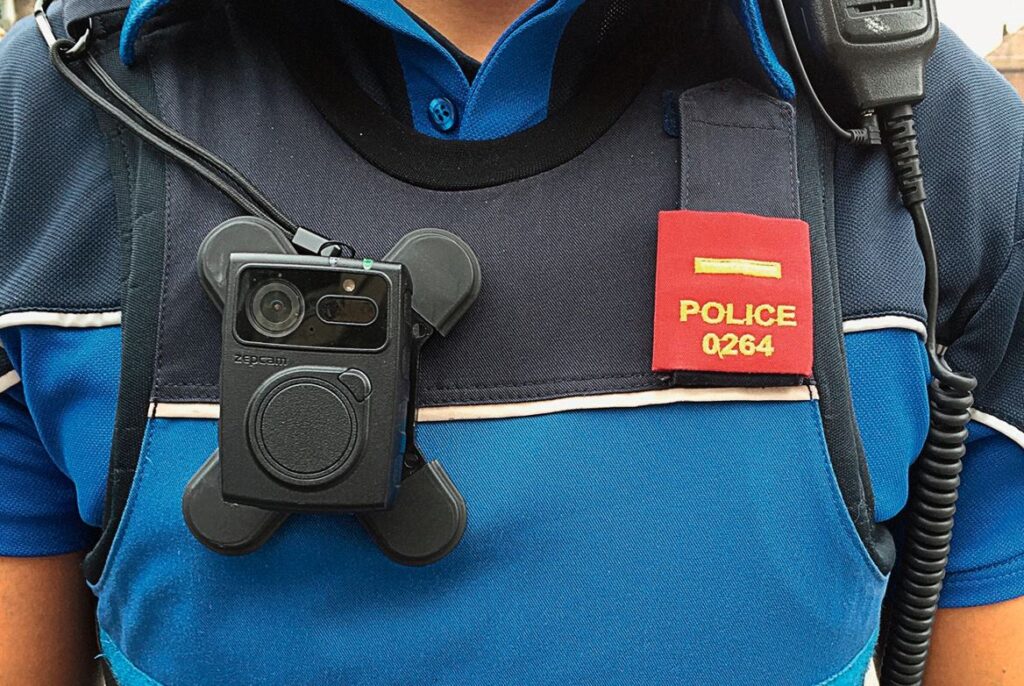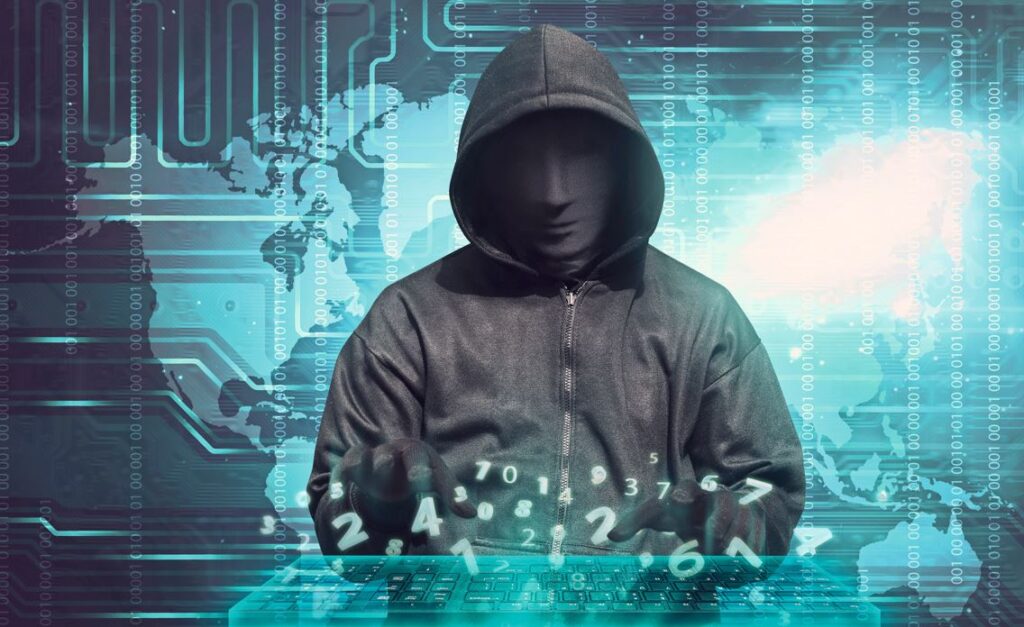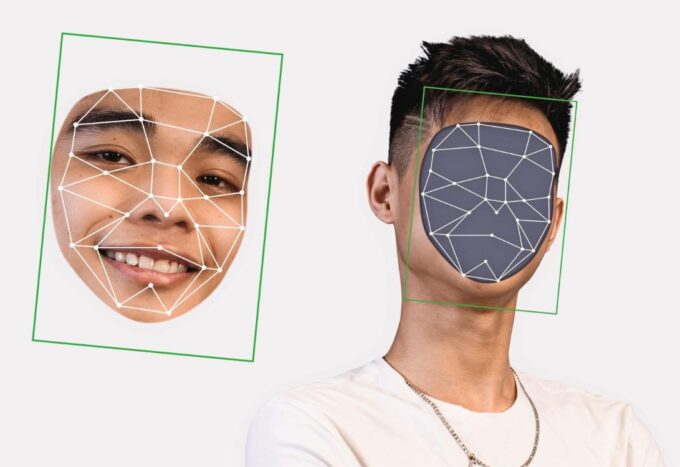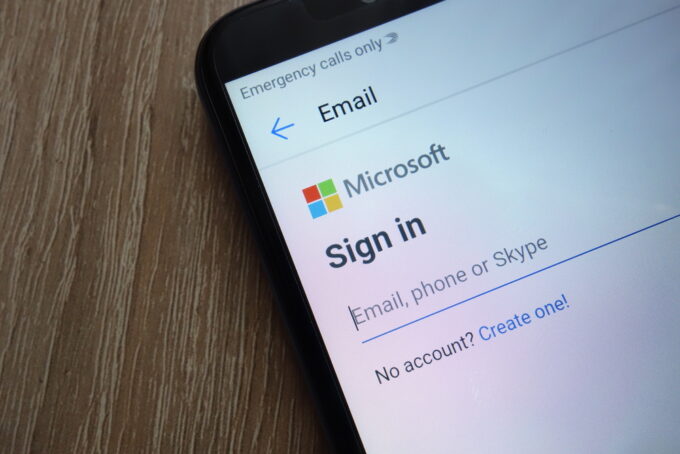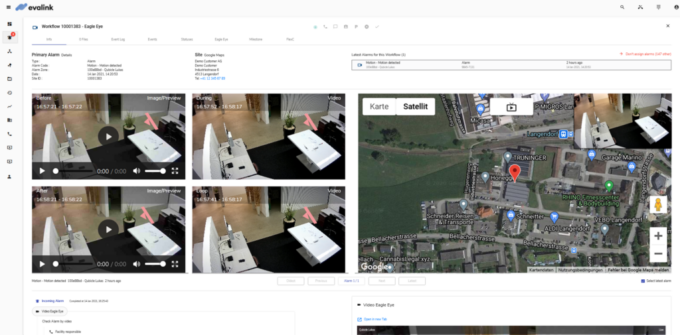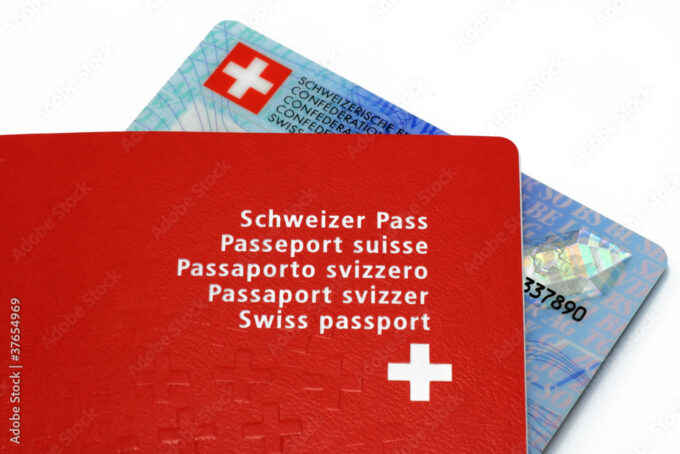Safety as an appreciation for the employees
If a company commits to the Safety Charter, it sends a strong signal both internally and externally that safety and health protection are non-negotiable.

For Matthias von Ah, CEO of Gasser Felstechnik AG, the safety and health protection of employees is a personal concern. "With us, everyone should be able to go home healthy again in the evening. Our employees are our greatest asset," says von Ah and emphasizes: "There are no compromises for me." It was therefore a logical step for the company to commit to the safety charter, thereby sending a signal both internally and externally that the health of employees is a top priority and that the vital rules are therefore an integral part of daily work.
Mistakes can be fatal
Gasser Felstechnik AG is a specialist company for underground mining, rock support, blasting technology and foundation engineering. Precisely because the risks of accidents in these fields of activity are particularly high, the company has been investing heavily in accident prevention for several years. And with good reason. If an employee makes a mistake while working on a rock face, the worst-case scenario could be a 200-meter fall. "Safety is firmly anchored in our corporate culture. We see it as a sign of appreciation for our employees that we ensure their safety," says Matthias von Ah.
Therefore, safety and health is part of the daily business for Gasser Felstechnik AG. New employees receive detailed safety training on their first day at work. In addition, the vital rules are regularly trained and addressed on site at the construction sites in concrete work situations.

Safety in your pocket
In order to make the vital rules a regular topic, Gasser Felstechnik AG also relies on the use of an internal company app. All communication concerning the company can be accessed via this app - including topics relating to safety and health protection. The employees confirm in the app that they have taken note of the content. The company from Lungern wants to constantly increase safety and health and has found the levers that are effective for it. "The analysis of accident reports, reports of near misses and other events that happen on site give us important information on how we can further optimize our procedures and processes in terms of safety," explains von Ah.
A promise for more safety
In addition to the vital rules, the Safety Charter is an important tool for reducing accidents and occupational illnesses in the company. A yes to the Safety Charter is a promise. A commitment that presupposes the will to take an active and committed stand as a company for the safety and health of its own employees.
The new information campaign for Suva's Safety Charter relies on authentic role models. Business managers and safety officers who stand behind the Safety Charter want to act as testimonials to convince other companies of the benefits of membership. After all, every accident prevented also means prevented suffering for those affected and their families. In addition, companies can save costs if employees stay healthy and do not miss work.
More info: safety-charter.ch







